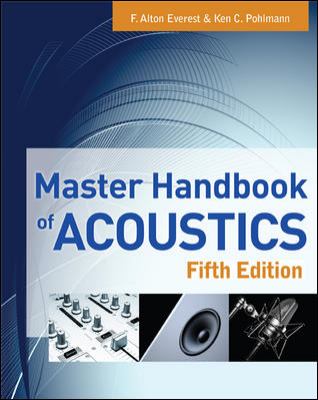On the subject of bi-wiring, bi-amping, passive or active, I will tell you that personally I have tried them all!
In the late 80s/early 90s when all this bi-wiring etc. thing got going I was very much into every craze that came along, including all kinds of voodoo about cables (costing me money I could so well have spent much more wisely).
Today I think one really needs to stand back from these things and do a broader assessment before wasting a lot of time and energy which could be much better spent elsewhere.
There is a problem with conventional speakers which is that as yet we don't have drivers capable of doing the entire audible frequency range, not at reasonable prices anyway. So we have this compromise of using two or more drivers. The problem is in matching these drivers, making sure that when the signal crosses from one to another, the listener can't hear the "join" or detect too much of a difference between the drivers. However, obviously the differences between the drivers are absolutely massive when compared with the kind of differences achievable by using, say, separate but identical amplifiers. When I write, massive, I would guess the differences between the two different drivers are in the order of millions or billions times greater than the differences achieved by the two identical amplifiers, or even more-so, the differences achieved by using two identical cables which are both connected at the amplifier output.
So, when buying speakers buy ones made by a manufacturer who has attended well to the issue of ensuring that the crossover has been well managed between the two drivers. That is what is required.
If someone can tell if their speakers are bi-wired or bi-amped with identical amplifiers in a double blind listening test, then I will be delighted and very very surprised.
I will now give a suggestion for anyone that is attempting to get a better quality of reproduction from their Hi Fi with loudspeakers. If you have got a reasonable good transparent source, amplifier and speakers then what you need to address is the room they are in. It is the acoustics of the room which destroys you ability to hear what is on your CD, LP or digital file. It is not because your speaker cables are not pure enough in their composition of copper. It is not because your speaker cables are not numerous enough. You probably don't need to "upgrade" any part of your Hi Fi system at all. What you need to do is deploy acoustic treatments to your room.
This is the big secret of getting good sound from Hi Fis (with speakers). The reason it is a secret is that there is no money to be made in room treatment by all those Hi Fi companies pushing you to buy the latest version of whatever they make. The Hi Fi magazines don't review room treatments because they don't come neatly in a box with a quote from the Shakyamuni Buddha on it.
In the early 90s I stopped wasting my time with messing around with cables and other tweaks and I instead I did some pretty extensive room treatments in the listening room I had at that time. Even though my room treatments were actually fairly crap compared to those that an expert in that area might achieve, the results were stunning. I firmly believe that a modest Hi Fi in a well acoustically treated room will easily best the very most high end system you could construct placed in an untreated room.
So, to all who are interested in getting good sound in a room in their home I recommend, stop reading Hi Fi magazines and blogs (most of them are the enemy of good reproduction). Instead read this:
and search out information on DIY room acoustics on the Internet. You will find a lot.
I have read the Master Handbook of Acoustics from cover to cover, (actually I have the fourth edition at present) and I will tell you it is fascinating indeed. I think you will enjoy it immensely and be surprised at the kind of problems you have to address acoustically.

























